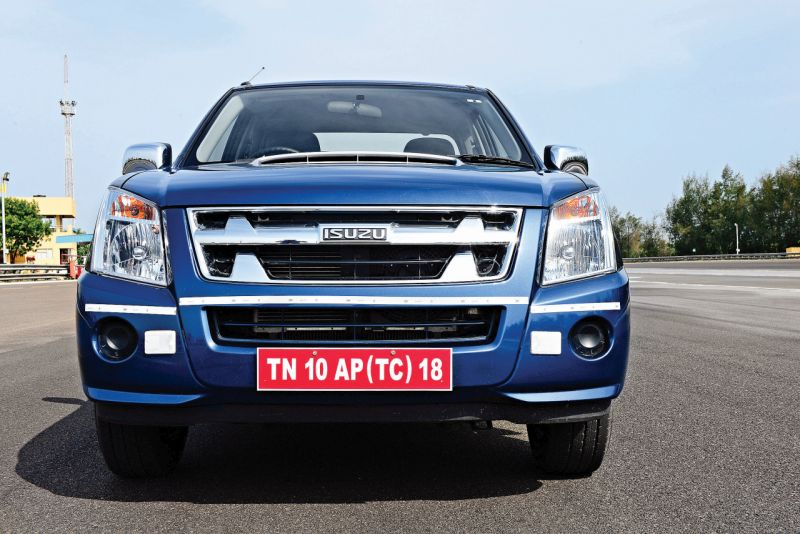
The outside rear-view mirrors (ORVM) and the pull-out type door-handles are finished in chrome. This is also the only variant with front power windows. The rear windows open outwards to ventilate the space behind the front seats. Flared wheel-arches embellish the huge wheel-wells, within which the 15” tyres look tiny. Alloy wheels are not an option on even this top-end variant.
At the rear, the tailgate is opened by a pull-up type chrome handle, and has slim tail-lamps on either side. This differs from the flat deck variants in that you use a lever on either side of the tailgate to open it.
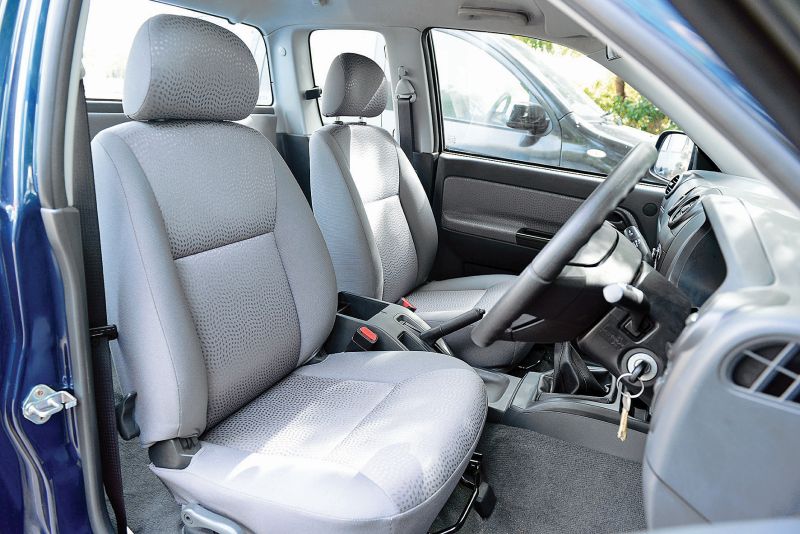 Equipment in the D-Max cabin is not particularly generous, but there are some good touches. The steering wheel is a classy leather-wrapped four-spoke affair, and feels good to grip. The gear and handbrake levers are also wrapped in leather. The seats and carpet are made of fabric and are not particularly well-contoured, but can be reclined; the flat decks use vinyl for the carpet and non-reclining seats.
Equipment in the D-Max cabin is not particularly generous, but there are some good touches. The steering wheel is a classy leather-wrapped four-spoke affair, and feels good to grip. The gear and handbrake levers are also wrapped in leather. The seats and carpet are made of fabric and are not particularly well-contoured, but can be reclined; the flat decks use vinyl for the carpet and non-reclining seats.
Storage space is decent, with bottle-holders in the door pockets and two cup-holders each in the centre console and the space behind the seats. The latter also has a 12V socket, suitable for charging a mobile phone or fixing a portable refrigerator.
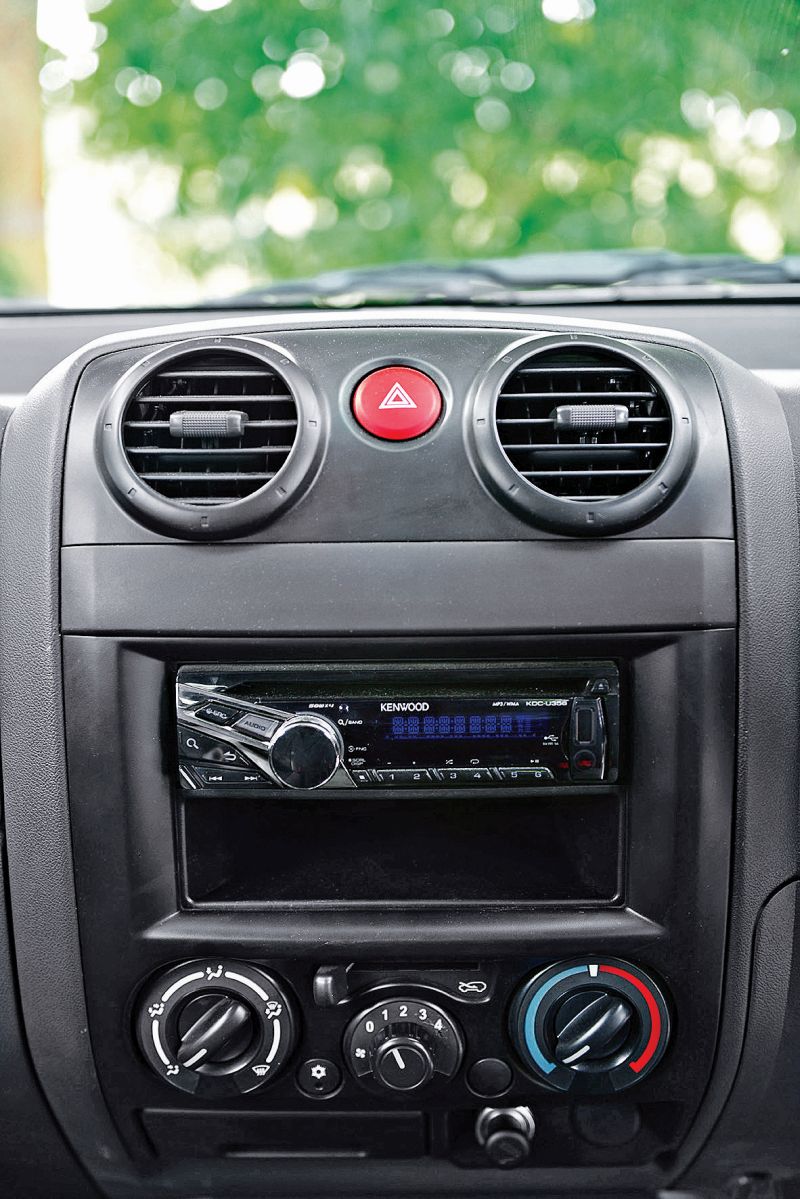 There is no music system, but two speakers with audio pre-wiring are fitted. This is the only variant with air-conditioning, which does a good job of cooling the cabin in the sweltering heat.
There is no music system, but two speakers with audio pre-wiring are fitted. This is the only variant with air-conditioning, which does a good job of cooling the cabin in the sweltering heat.
The overall quality of plastics is good to touch, with the darker shade adding to the lifestyle quotient. The flat deck variants use a cheap, harder variety of plastic in a lighter colour.
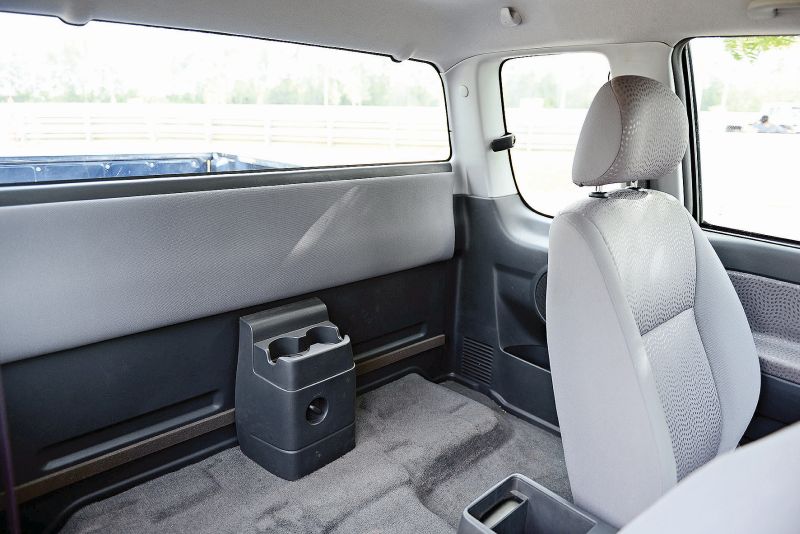


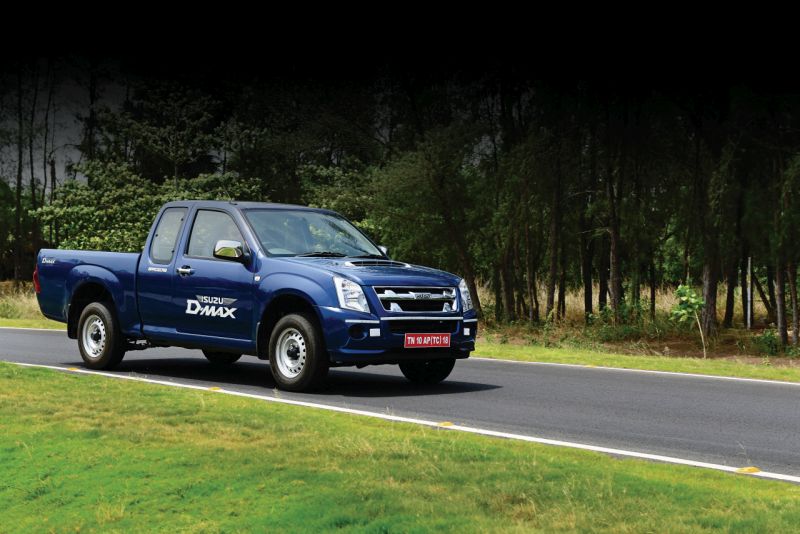







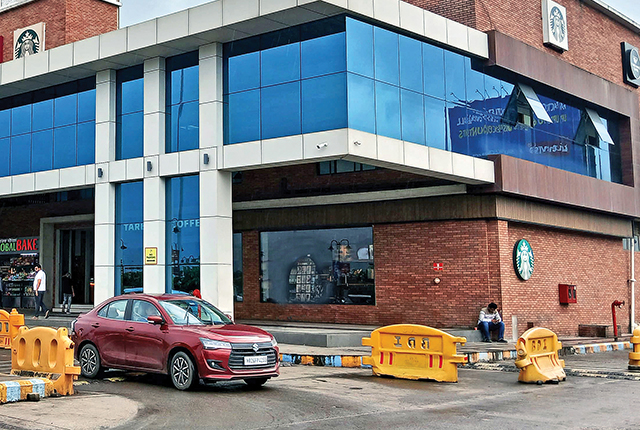







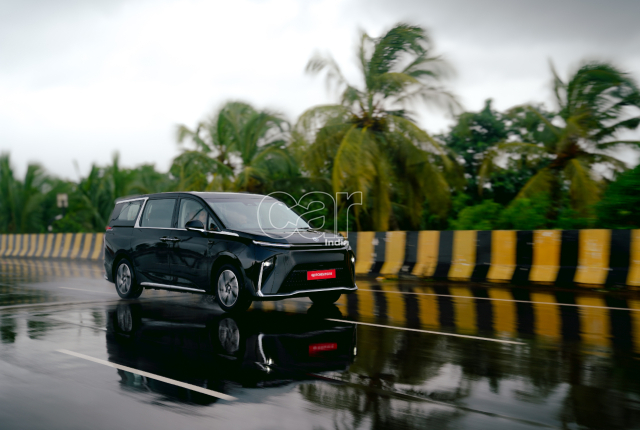



Leave a Reply